Description
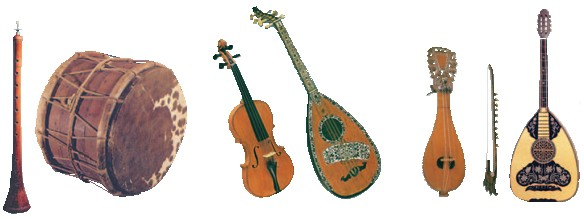
Cretan Lyra – Musical Instruments
Athens 2004 Olympic Games Pin
The Cretan lyra is a Greek pear-shaped, three-stringed bowed musical instrument, central to the traditional music of Crete and other islands in the Dodecanese and the Aegean Archipelago, in Greece. The Cretan lyra is considered as the most popular surviving form of the medieval Byzantine lyra, an ancestor of most European bowed instruments.
There are three major types of Cretan lyras:
- the lyraki, a small model of lyra, almost identical to the Byzantine lyra devoted only to the performance of dances (Anoyanakis, 1976)
- the vrontolyra, which is gives a very strong sound, ideal for accompaniment songs.
- the common lyra, popular in the island today; designed after the combination of lyraki with the violin.
The influence of the violin caused the transformation of many features of the old form of Cretan Lyra (lyraki) into the contemporary lyra, including its tuning, performance practice, and repertory. In 1920, the viololyra was developed in an effort of local instrument manufacturers to give the sound and the technical possibilities of the violin to the old Byzantine lyraki. Twenty years later a new combination of lyraki and violin gave birth to the common lyra. Other types include the four-stringed lyra.
In 1990, Ross Daly designed a new type of Cretan lyra which incorporates elements of lyraki, the Byzantine lyra and the Indian sarangi. The result was a lyra with three playing strings of 29 cm in length (the same as the standard Cretan lyra), and 18 sympathetic strings which resonate on Indian-styled jawari bridges (the number of sympathetic strings was later increased to 22).
This instrument is usually made of mulberry wood and carved to become the sound-box of the instrument. The top of the lyra is made of cedar wood. It has threesingle strings and it can be tuned up a-e-a or a-d-a. It can be played with a bow. The player does not tap on the strings but touches them with his nail from the side.

The pin depicts the Cretan Lyra
Product: Olympic Pin
Pin code: #03-013-001
Tiraz: <2.500pcs
Official Licensed Product
Licensed Manufacturer: Efsimon Collection
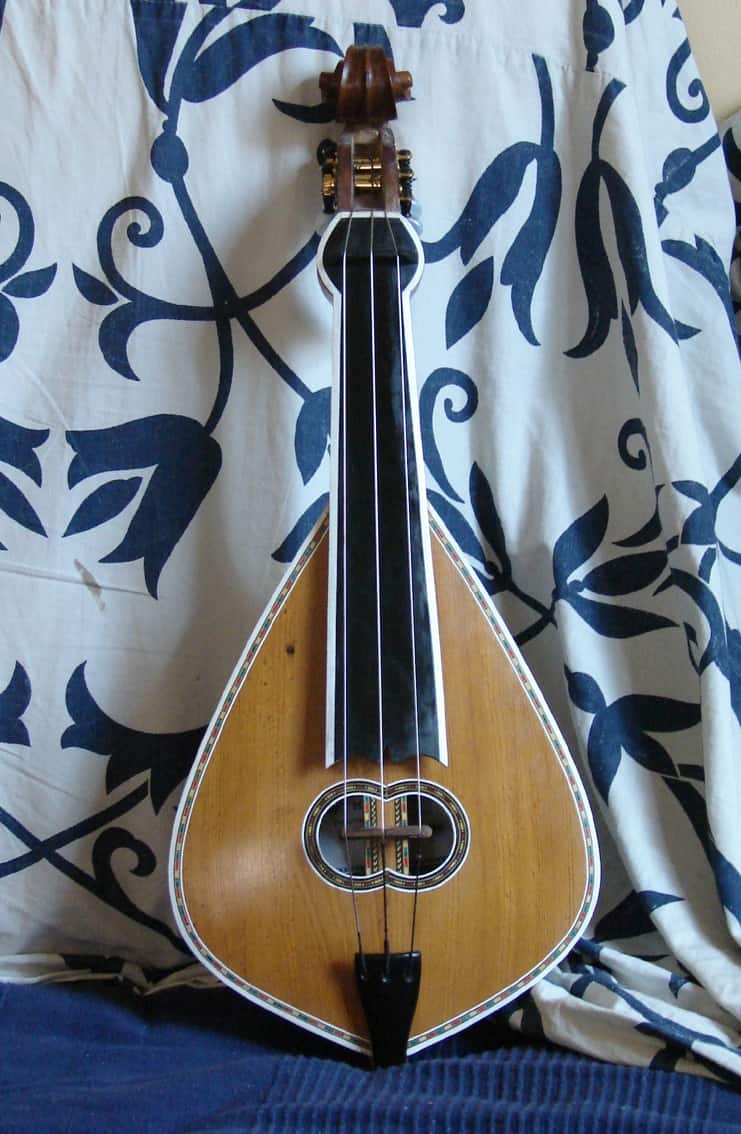

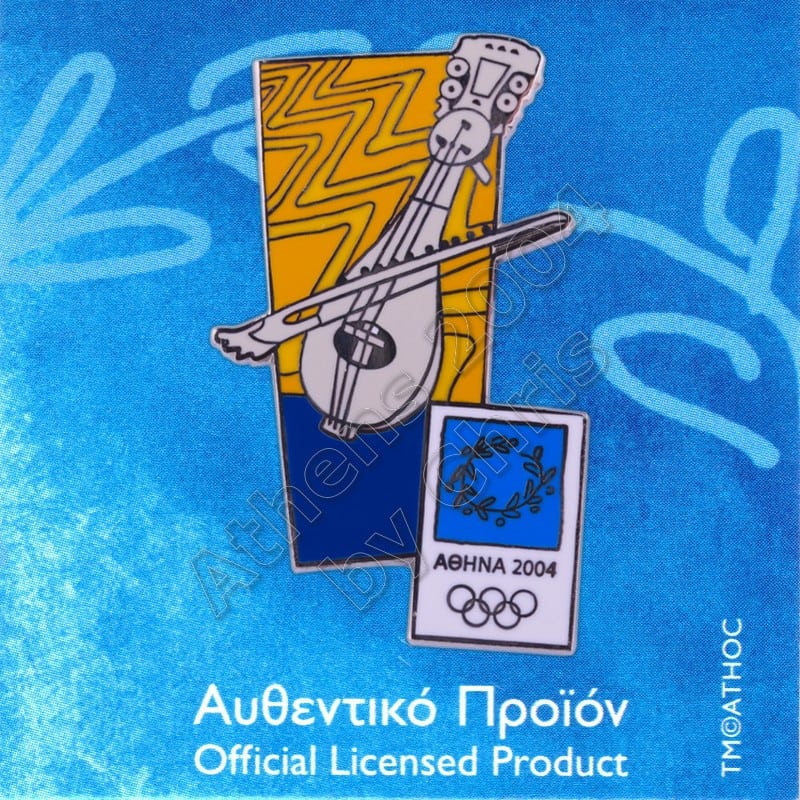
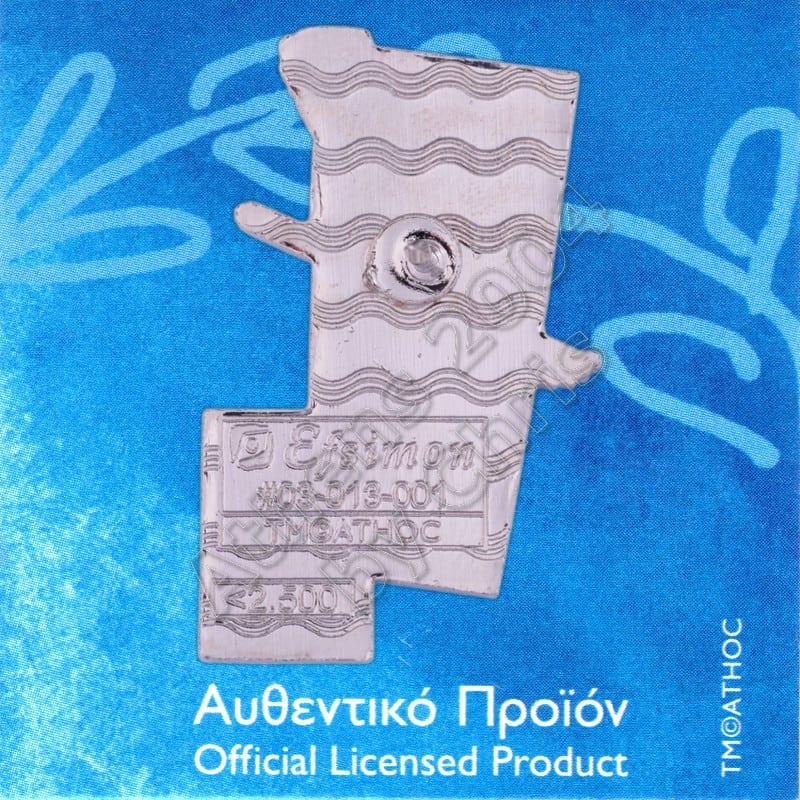
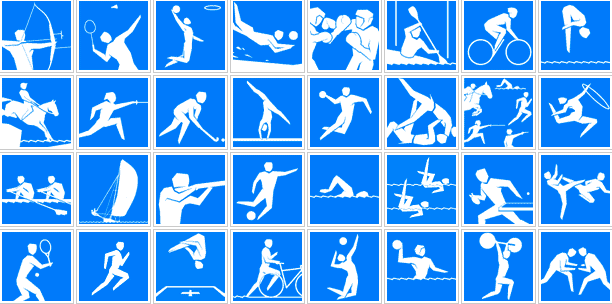

Reviews
There are no reviews yet.